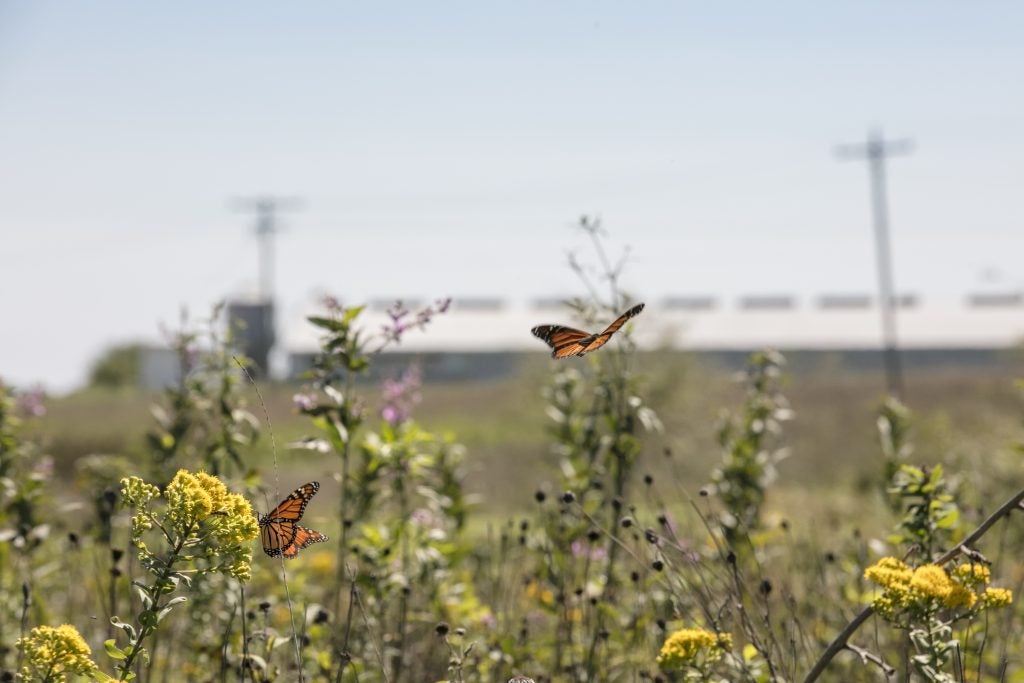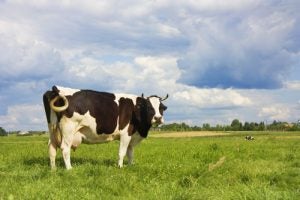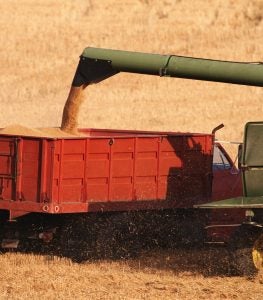
Monarch butterflies fueled on recently planted prairie habitat on hog farms in Missouri this summer before beginning their annual fall migration south.
You may have noticed more monarch butterflies than usual this year. There’s a reason for that.
Researchers are finding that monarch populations are at the fourth highest level since 1993 – making this year’s population currently migrating south for the winter one of the highest of the past 25 years.
That’s great news for the beloved orange and black butterfly, which has faced a 95 percent population decline since the 1980s. This dramatic loss has been driven largely by increased applications of herbicides across the agricultural landscape, and additional threats posed by extreme weather and climate change.
But citizens, conservationists and even some forward-thinking companies are highly motivated to help recover the monarch before it’s too late.











